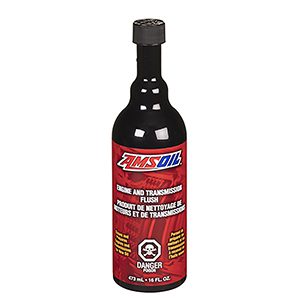Sequence VH Test for Automotive Engine Oil Deposit Formation Inhibition
In the world of automotive engineering, ASTM D8256-22 is a paramount standard often referred to as the Sequence VH test. This test method is designed to assess automotive engine oils' ability to inhibit deposit formation in the Sequence VH Spark-Ignition Engine when fueled with gasoline under low-temperature, light-duty conditions. It plays a pivotal role in ensuring the longevity and optimal performance of contemporary automobile engines. The Sequence VH test correlates closely with the Sequence VG test, which in turn was historically associated with vehicles engaged in stop-and-go service before 1996.
Significance of Sequence VG Correlation
The Sequence VG test, linked with the Sequence VH test, was originally developed with a focus on vehicles operating in stop-and-go conditions, especially those predating 1996. It primarily addressed issues related to sludge and varnish formation. This correlation with Sequence VG is of great importance for evaluating engine oils because it forms the foundation for assessing their efficacy in preventing deposit buildup, a critical factor in the maintenance of engine health and efficiency.
API SN and SN Plus Performance
Moreover, it's important to note that the Sequence VH test is not just any run-of-the-mill evaluation; it's a vital step in the evaluation of engine oils intended to meet the rigorous API SN and SN Plus performance category requirements. This performance category serves as a benchmark for the industry, signifying oils' capacity to meet the demands of modern engines and ensure smooth, efficient operation.
Standardized Excellence
This standardized approach, conducted under the rigor of ASTM D8256-22, provides a level playing field for the automotive industry. All values are meticulously documented in SI units, establishing a universal language for measurement. Exceptions are made, as necessary, for measurements without a direct SI equivalent, such as screw threads, national pipe threads/diameters, tubing size, or specified single-source equipment.
Safety and Environmental Considerations
While ASTM D8256-22 ensures product quality and performance, it is vital to remember that it does not encompass all safety considerations. Users must establish and adhere to appropriate safety, health, and environmental practices, and understand regulatory limitations prior to engaging in testing. Detailed hazard statements are available within the standard, guiding users to conduct tests responsibly.
Global Standardization
Lastly, ASTM D8256-22 aligns with globally recognized principles for standardization, following the Decision on Principles for the Development of International Standards, Guides, and Recommendations established by the World Trade Organization Technical Barriers to Trade (TBT) Committee.
ASTM D8256-22 and the Sequence VH test are integral components in the automotive engineering realm. These standards, with their emphasis on deposit inhibition and engine health, are pivotal in maintaining the efficiency and longevity of contemporary automobile engines. By adhering to this rigorous standard, manufacturers and users ensure that engine oils meet the necessary performance criteria, making the roads safer and the journeys smoother for all.










